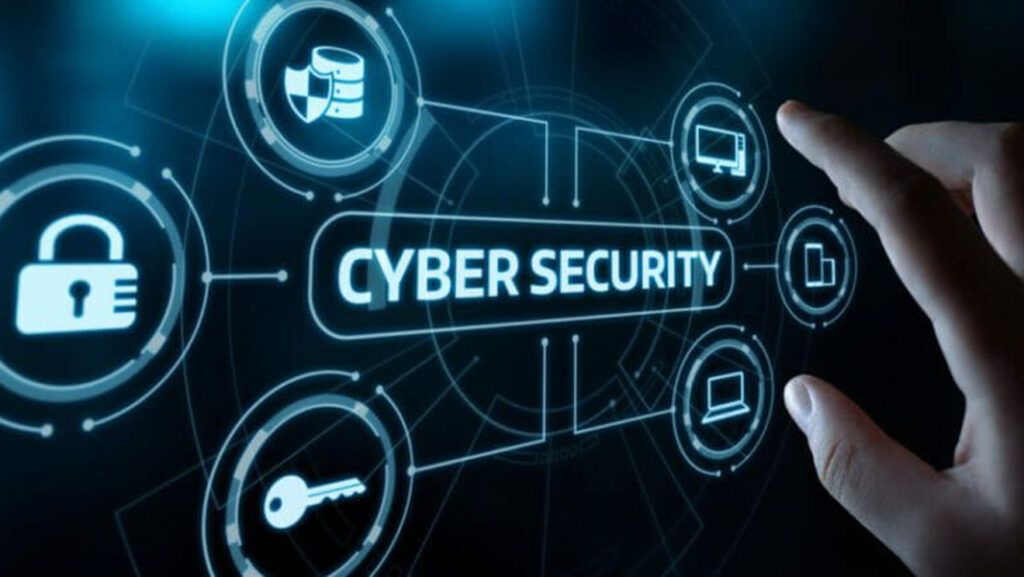The rapid adoption of quickly changing cloud solutions, combined with the speed and sophistication of attacks, are outpacing the ability of IT security teams.
Evolving Perimeter
Cloud and mobile have stretched traditional perimeters of networks beyond firewalls’ protective capabilities. Firewalls cannot prevent attacks when perimeters are breached and are ineffective against attacks from within.
Organizations of All Sizes are Now Likely Targets
SMB Organizations are now more targeted than ever before, as the attackers know they are typically part of the Supply chain for their ultimate target, highly susceptible to Ransomware, and often have a weaker security posture.
High (Network Security) Risks
Each day a breach goes undetected results in potentially thousands or millions of dollars in damage. Loss types include data loss {financial, customer, proprietary), brand damage (loss of customers), legal fees, fines, and IT clean-up costs.
Customers should now assume they’re going to be compromised, because determined attackers have greater resources and sophistication than defenders. Customers should move from believing they can Prevent an attack (although Prevention technology is an important first step), into assuming they’ll be compromised and look to better understand how to rapidly identify and respond to the compromise with the right combination of People, Processes, and Technology.

Questions to ask yourself:
- What Cybersecurity projects and initiatives do you have in motion, or planning for in 2020? What areas might you want help?
- How does your company effectively manage ongoing threats and vulnerabilities?
- Do you perform annual Risk assessments, and if so, how does this drive the overall Cybersecurity strategy? How do you measure the effectiveness over time?
- Have you recently performed a security review on your people, processes, or technology?
- Have you adopted any cloud-based applications and if so, do you know what risks that has created?
- Does your organization limit information system access to authorized users, processes, or devices?
- Do you have a contingency plan in case of an emergency or disaster?

